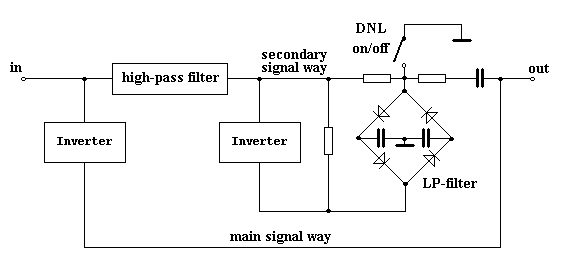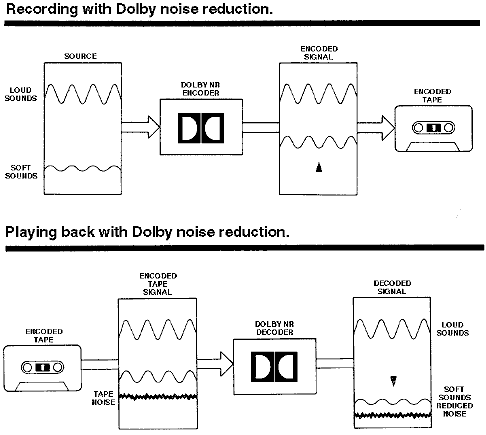
Figure 6. Automatic record-wiper on a stand-alone arm.
(Picture was taken from the book: Degrell László - Lemezjátszók és
hanglemezek.)
Removal of distortions in the sound of gramophone recordings has three main types:
Restoration of the record with surface-cleaning methods
The dust on the records can be removed by simple cleaning techniques and we can inhibit the electrostatic charge of the record by special cleaning fluids. With this methods the amount of clicks can be reduced. Surface restoration has many types. Here some widely used techniques will be discussed.
Dry-cleaning
The simplest cleaning method is to wipe the record with an antistatic cloth. Wiping the record in hand is not recommended because the record can warp. Better solution to put it onto the record-player, start that and carefully wipe the record. Do not move the cloth quickly in radial way, otherwise you can smear the dust again onto the sound-groove walls.
This method is simple. Everybody can do it at home. We don't have to use special devices, only an antistatic cloth. However this method is not too efficient and high quality record-players do not like strong asymmetrical forces produced by pushing the cloth to the record.
Usually automatic wipers are used at high quality record-players. They can be small brushes on the pick-up arm or long, big brushes installed on another arm (figure 6). The pressure force of these devices only 2-4 cN [1].

Figure 6. Automatic record-wiper on a stand-alone arm.
(Picture was taken from the book: Degrell László - Lemezjátszók és
hanglemezek.)
Another professional method is vacuum-cleaning. The function of the cleaning device is just like a hoover, but this device is smaller (figure 7). The pressure force of this device is only about 0.6 cN [1].

Figure 7. Automatic record-cleaner with vacuum-cleaning.
(Picture was taken from the book: Degrell László - Lemezjátszók és
hanglemezek.)
Cleaning with fluids
Fluid-cleaner consists of a small brush connected with a pipe that contains a chemically neutral cleaning liquid. The liquid flows onto the record through the brush. The pick-up of the record-player moves in the cleaned sound-grooves in the fluid (figure 8). The pick-up moves with very small friction, due to the liquid, therefore not just the sound will be clearer, but the lifetime of the needle will be higher.

Figure 8. Lenco fluid-cleaner device on a record-player
(Picture was taken from the book: Degrell László - Lemezjátszók és
hanglemezek.)
A problem of this method that the cleaning liquid can dry into the grooves and produces a sticky cover. The dust can stick into the dry grooves and the needle has higher friction. Usually a once "wet-played" record after that can only be wet-played [6].
Shellac records can only be cleaned with distillated water, because the alcohol component of cleaning-fluids can damage these records. In this case water will not produce sticky covers.
In sound studios special washing-machines are applied. These are similar to the washing-machines of dishes. They sprinkle special cleaning-liquids to the records then remove that with a vacuum-dryer [1].
Restoration of the sound with analogue techniques
Dumber
The simplest audio declicker is an attenuator, which at the precise moment that a click is detected, mutes both channels, thereby reducing the impact of the click. The minimum duration of the mute (actually a high speed fade-out and fade-in) is typically 2.5ms, and in any case must be greater than the scratch length. Therefore even a small number of mutes seriously affects the perceived sound quality.
Also, since the method only seeks to make the clicks less obtrusive, it does not in any way restore the underlying signal. In addition, it is only applicable when the energy contained within a click is very much greater than the energy within the signal. (Primitive though this concept is, it has also been utilized in the digital domain. When an error correction system is unable to cope with high density or long data errors many digital systems will mute.)
Switcher
The most sophisticated analogue click-removal algorithm is used in a device known as a switcher. Using two sources of nearly identical signals (the opposite groove walls of a monaural record replayed using a stereophonic cartridge) this monitors for the cleaner signal (i.e. the lower energy) and switches the output source between groove walls as appropriate.
This method removes large clicks but, like all non-digital solutions, is unable to distinguish small ticks from genuine signal components. Also, the switcher assumes a perfect monaural source. If the groove walls differ significantly, or suffer degradation simultaneously, then the assumption (and therefore the restoration) fails.
Dynamic noise limiter devices
Dynamic noise limiters used in analogue devices (mainly in tapes) to reduce hiss on recordings. They use a low-pass filter with variable attenuation and/or cut-off frequency. The values of the cut-off frequency and attenuation parameters are the functions of the amplitude of the sound. These devices usually use a R-C low-pass circuit, where the value of the resistance is regulated with the amplitude-value of the current sound-part, which is produced by a peak-rectifier. A problem with this simple method, that the non-linear low-pass circuit and every additional circuits are in the main signal way, and non-linearities of these devices can distort the signal.
A "tricky" solution is applied by Philips in the Philips DNL circuit (figure 9). In this device the main way of the signal contains only an inverter and every modification caused in a secondary signal way [7]. At high amplitudes, the secondary way does nothing. At smaller amplitudes, the secondary way mixes more and more signal to the main way with opposite phase, so the soft sounds and the noise will be cancelled. This device has very small distortion.

Figure 9. The Philips DNL noise reduction system.
The most popular analogue noise reduction system at tapes is the Dolby noise reduction (figure 10). Dolby noise reduction is a two-step process. When music is being recorded, it is encoded just before reaching the tape. The purpose of encoding is to raise the level of soft, high-frequency passages so they become louder than the tape's noise. During the trip through the Dolby encoder, loud passages (that hide tape hiss) are not altered. Soft, high-frequency passages (that tape hiss affects) are made louder than normal as they are recorded on the tape [11].
When playing back the tape, the sound is decoded by a precise mirror-image process of the encoding. The loud sounds are left unaltered, while the soft, high-frequency sounds are lowered back down to their original levels. The musical balance will be completely restored but with less hiss in the reproduced sound.
Unfortunately, Dolby noise reduction is not appropriate for sound restoration because it is a double ended noise reduction system: we have to use the method during recording, too, not just during playing.

Figure 10. The Dolby noise reduction system
(Image courtesy of Dolby Laboratories Inc.)
Back to Table of contents - Back to previous part - Next part